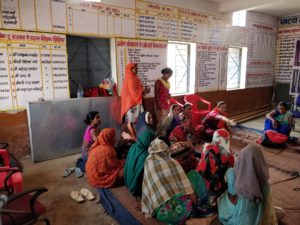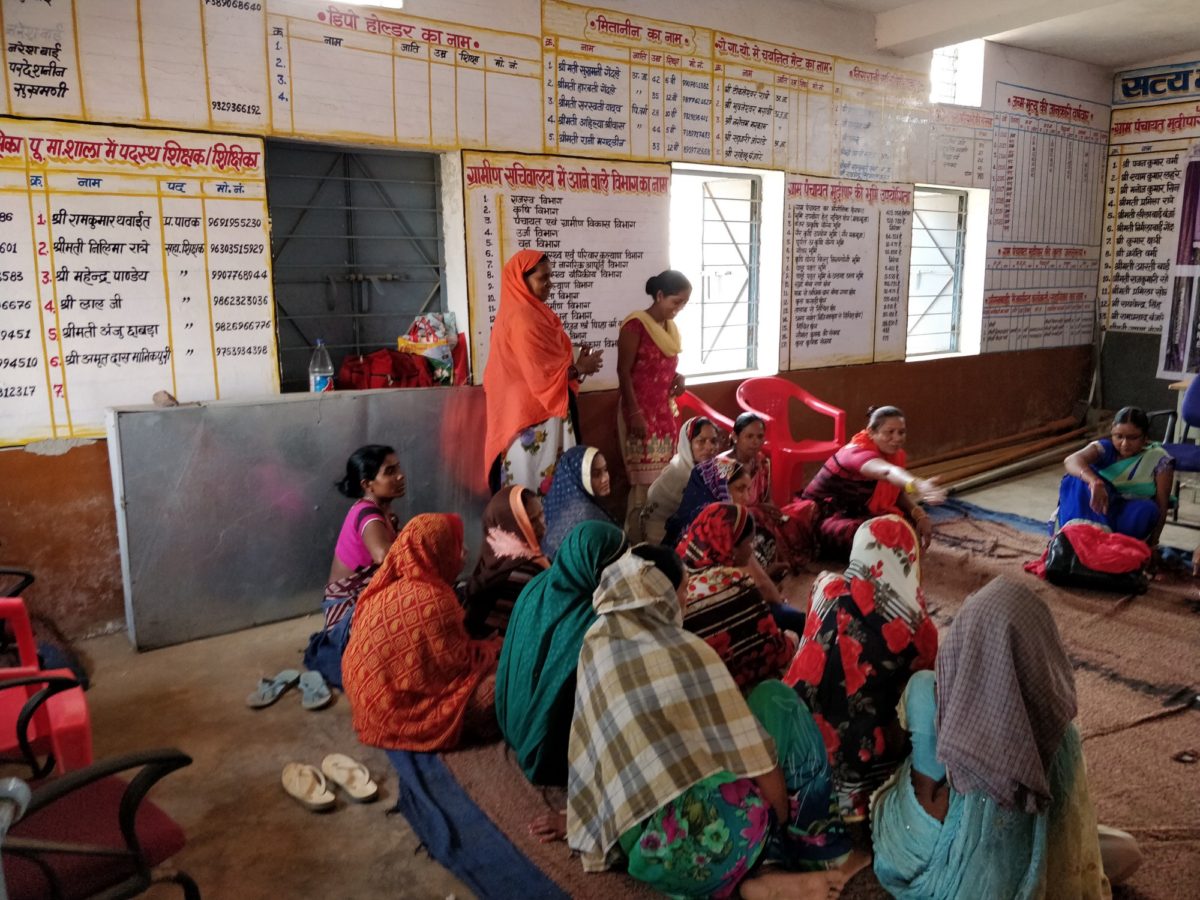GAMING THE WAIT
Queuing for health services is a bane to healthcare-seekers. Can we add worth to the wait?
I was reading an article by Jacopo Prisco of CNN “Waiting game: An extended look at how we queue.” If the “weird and wonderful world of waiting line designs” finds place in the queue of your interests, this is the article for you. So how did it find place in mine?
At first, the title captured my curiosity. Then, as I read on, the author’s suggestion that perception takes precedence over reality when it comes to the waiting pains of standing in lines triggered some thought. Jacopo says, “What separates a good queuing experience from a bad one, however, is not just the speed of the line. How the wait makes us feel and line fairness (nobody likes line-jumpers) can have a greater impact on our perception of a queue than the amount of time we spend in it. And while waiting time is often hard to cut down, perception can be altered with good line design and management.” I was fascinated by the strategies being used to change perceptions — of making the wait fun or useful by providing a relevant activity, or psyching people to feel they are in the lines for lesser than expected time.

Jacopo’s examples of queuing at airports, at amusement parks, for elevators in tall buildings provide good insights on handling perception on both time and fairness of queuing. I thought back to sectoral examples of queuing and top of the mind was at health facilities or programmes, and queuing at government offices to access certain services or entitlements.
For instance, we often spend a long time waiting for our turn to see a doctor. Health programmes organize health camps, where participants wait in long queues before being attended to.
This could even be a cause for them to stay away from programme services or from seeking health services. While we may not be able to reduce the wait time, how can we bring in some element of learning or fun to reduce the pain of the wait?

Shrirupa Sengupta, who started her public health journey as a consultant to the Government of India in the Department of AIDS Control, Ministry of Health and Family Welfare, recalls a well-worked out, on-ground innovation in this context. She says:
“Between 2012–2013, we had rolled out Source Migrant Health Camps during festival periods in villages across 121 districts in 8 high out-migration States in India. The strategy was to get doorstep health services, including Sexually Transmitted Infections (STI) and HIV screening, to migrants who were deemed vulnerable and their families. The health camps were typically clubbed with a local market day, carnival or a celebration. The lines of people awaiting their turn with the doctor snaked around and many began to feel discomfited. This was identified as a golden opportunity to undertake engaging social and behaviour change communication (SBCC) activities around health and hygiene, including addressing stigma, busting myths and misconceptions and helping the community get comfortable with accessing health and HIV/STI services.
“The peer educators, outreach workers, link workers, ASHA workers, ANMs and even some anganwadi workers, along with a bunch of young people from the Red Ribbon Clubs and Nehru Yuva Kendras, began to engage with the people waiting in the queue.
“Out came their SBCC kits — games that modified snakes and ladders to talk about the risks of HIV, leaflets that folded into a box, flipbooks and playing cards with scores and messages on them. Some even picked up a stick and did a quick game of body and risk mapping on the ground. And yet others engaged in conversation and rapport building. And soon, the team had a laughing, cheering, engaged crowd that had their doubts aired and addressed.”
Such engagements can be invaluable, not only from a community engagement angle, but also as a source of information and feedback that can provide critical insights for programme improvement.
I would like to know from my friends in the health and medical fraternity: What is your opinion about leveraging the wait in lines for better programming, and making it enjoyable for the community at the same time? Please share your thoughts or any experiences in this regard.
Siddhi Mankad is Learning Catalyst for the Learning4impact collaborative.

